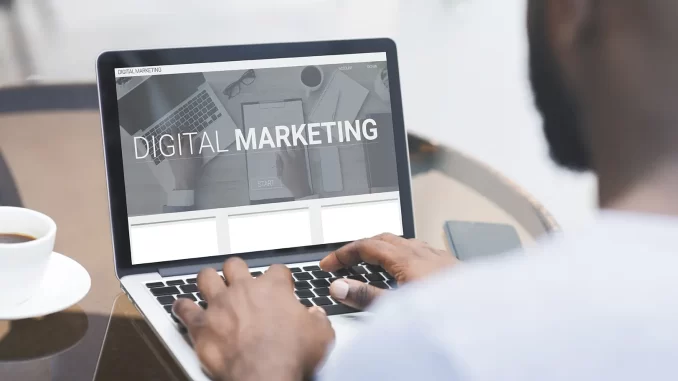
252,000!
Those are the potential new competitors that emerge each day in the digital landscape. With that many websites created daily, having a powerful marketing strategy is crucial for staying ahead in the game!
Thankfully, you have two valuable tools at your disposal: SEM and SEO. Today, we’ll help you understand the key differences, and how these two powerful marketing strategies can benefit your business throughout the entire sales funnel.
What is SEO?
Let’s cut to the chase: SEO stands for Search Engine Optimization. It involves organically upgrading your website, content, and online presence to rank higher in search engine results pages (SERPs). When a customer searches for a phrase connected to your company, your website may show up in the search results without you having to pay for each click. To achieve that coveted organic traffic, you must develop quality content, leverage relevant keywords, and build strong backlinks.
SEO is a long-term investment, perfect for driving evergreen traffic at the top of the funnel. However, it requires patience and persistence, as it could take 12 months to see significant results.
But what about the bottom of the funnel?
What is SEM?
If you’re aiming to boost your brand awareness by 80% and drive more calls and conversions, then pay attention!
SEM allows you to create advertisements that will appear on search engines such as Google. You pay for each click on your ad, making it an effective way to drive conversions at the bottom of the funnel. While SEM may be more competitive than SEO, the immediate benefits it brings are tantalizing for your brand.
Understanding the Power of an Integrated Approach
Now that we’ve covered both SEO and SEM, let’s talk about the middle of the funnel – the research phase. At this point, the user is serious about making a purchase but may not have decided what to buy or where to buy it from. Both SEO and SEM play vital roles during this phase of the sales funnel.
An integrated approach that combines the power of SEO and SEM is the key to maximizing your marketing efforts. By doing so, you can cover a larger geographic area, raise brand recognition, and effectively target different stages of the buyer’s journey.
Think of SEO as the foundation of your online presence, providing long-term stability and reputation, while PPC acts as the turbocharger, delivering an immediate business boost and driving conversions at the bottom of the funnel.
Embrace the Journey Together
Both SEO and SEM should be fundamental parts of your online marketing strategy. SEO drives evergreen traffic at the top of the funnel, while search engine advertisements (SEM) are a way to drive conversions at the bottom of the funnel.
If you’re ready to take your marketing to the next level and learn more about SEM vs. SEO and how they fit into the different stages of the sales funnel, don’t hesitate to contact us. Let’s chat about your objectives and how we can help your organization shine online. Together, we’ll embark on this marketing journey and make the most of your online presence!

Leave a Reply